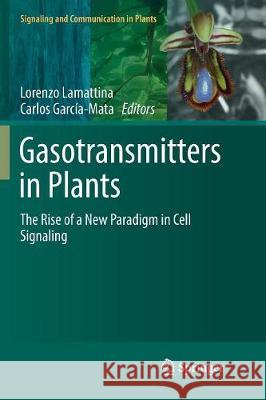Gasotransmitters in Plants: The Rise of a New Paradigm in Cell Signaling » książka
topmenu
Gasotransmitters in Plants: The Rise of a New Paradigm in Cell Signaling
ISBN-13: 9783319821610 / Angielski / Miękka / 2018 / 335 str.
Gasotransmitters in Plants: The Rise of a New Paradigm in Cell Signaling
ISBN-13: 9783319821610 / Angielski / Miękka / 2018 / 335 str.
cena 605,23
(netto: 576,41 VAT: 5%)
Najniższa cena z 30 dni: 578,30
(netto: 576,41 VAT: 5%)
Najniższa cena z 30 dni: 578,30
Termin realizacji zamówienia:
ok. 22 dni roboczych
Bez gwarancji dostawy przed świętami
ok. 22 dni roboczych
Bez gwarancji dostawy przed świętami
Darmowa dostawa!
Kategorie:
Wydawca:
Springer
Seria wydawnicza:
Język:
Angielski
ISBN-13:
9783319821610
Rok wydania:
2018
Wydanie:
Softcover Repri
Ilość stron:
335
Waga:
0.48 kg
Wymiary:
23.39 x 15.6 x 1.83
Oprawa:
Miękka
Wolumenów:
01
Dodatkowe informacje:
Wydanie ilustrowane











